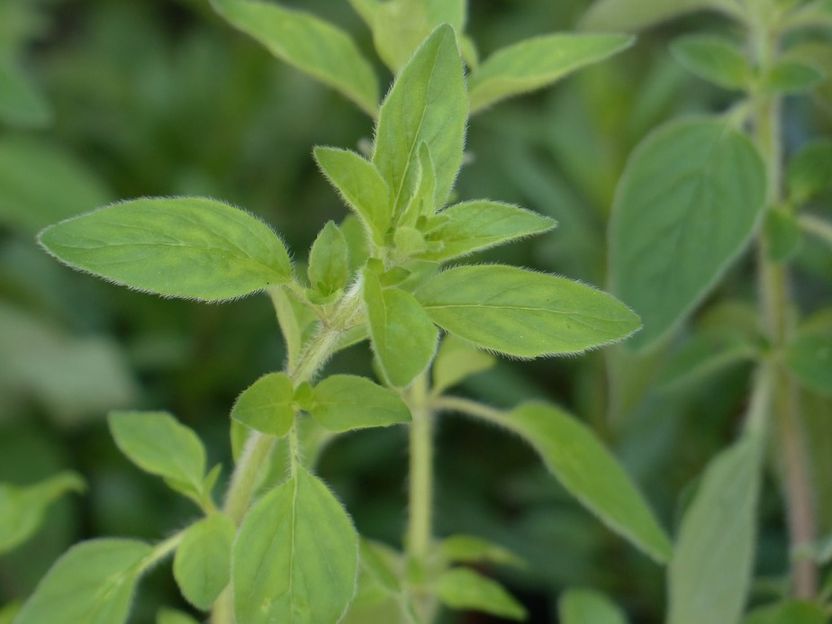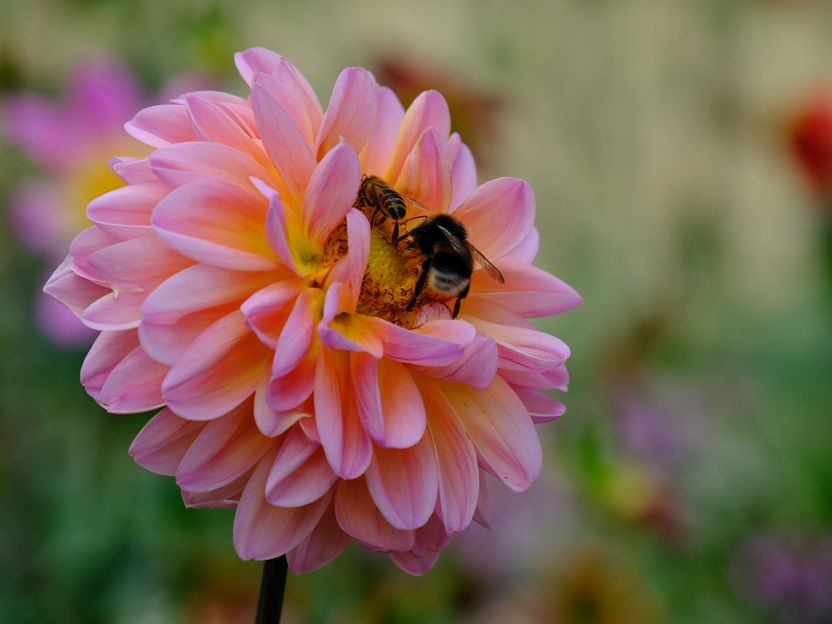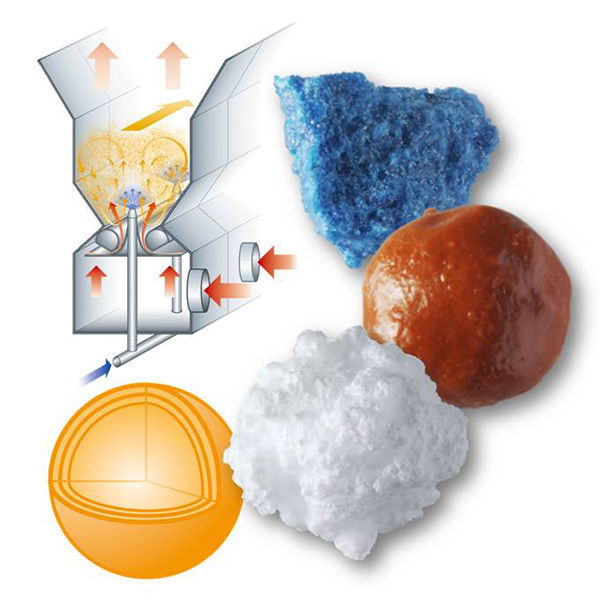Study shows oregano essential oil’s ability to reduce parasite infectivity
Intestinal infection from parasites has been recognized as a global health problem that can be particularly harmful to children under 5 years of age, with a greater prevalence of infection in developing countries.

Hans/ Pixabay
New research is showing that some bioactives may offer help.
Researchers at the University of Illinois, including Juan Andrade, an assistant professor of global nutrition in the Department of Food Science and Human Nutrition at U of I, have worked to address the nutrition needs of populations in low-income settings, in terms of malnutrition from inadequate nutrient intake or because of a person’s health status.
One way Andrade and his team have collaborated with organizations, such as the Office of Food for Peace at the United States Agency for International Development (USAID), to address malnutrition in children in low-income areas is by creating calorie-/nutrient-dense ready-to-use food (RUF) products.
RUF’s are typically a supplementary food, much like a peanut butter or nut spread, that provide needed calories, protein, and fats, such as a quota of omega-3 fatty acids, which enhance brain development and provide anti-inflammatory benefits. They can also be used as a therapeutic food (RUTF).
But when infection from parasites prevents the body from absorbing nutrients, some of these nutritional technologies may not be enough.
“For the most part these technologies address the nutrient needs of these children, however it’s been pondered how we can enhance the functionality of these RUTFs. We ask if we can target parasitic infection at the same time we’re addressing nutrition,” Andrade says.
In a recent study, Andrade and his team, along with Theresa Kuhlenschmidt and Mark Kuhlenschmidt, from veterinary medicine at U of I, focused on infection from the protozoan parasite Cryptosporidium parvum. Crypto infection is one of the leading causes of persistent diarrhea among children in low-resource settings. Crytpo infection in children has been of particular concern in India, where there are more cases—through contaminated water—of Crypto than flatworms or roundworms, for example.
“In the case of children under 5 years who have what we call ‘wasting condition,’ which is very low weight for their height, they can die because of this type of undernutrition,” Andrade says. Crypto infection usually resolves without treatment in those who are immunocompetent, but can be life-threatening among immunodeficient individuals, such as children with malnutrition or patients with HIV.
Drawing from Ayurvedic medicine, practiced in India, Andrade and his team looked at the use of oregano essential oil in fighting the infectivity of the Crytpo parasite. Other essential oils of plants have been used in Ayurvedic medicine to address parasitic infection. Oregano essential oil (a mix of different phenolics, mostly carvacrol and thymol), acts as a bioactive and has shown activity against many gram-negative bacteria, Andrade explains, but adds that there is no literature on its effect against Crytpo.
To test whether oregano essential oil could reduce Crypto infectivity, they used an in vitro model of human colon cells that had been infected with Crytpo.
Once it infects cells, the parasite goes through an asexual cycle to keep replicating in numbers. In a living host, after a sexual cycle, the parasite (thick-walled oocysts) are ready to be shed into the feces and contaminate the next host. Importantly, oocysts are resistant to chlorine treatment, which presents a major hurdle for water purification efforts.
But when oregano essential oil and/or carvacrol were added to the culture, the number of parasites being replicated was reduced. And a lesser number of parasites means lesser infectivity.
“When we added the new media with the bioactives, [pure carvacrol or oregano essential oil] they reduced the infectivity in a dose-dependent manner after the infection has been established. It tells us that it doesn’t influence the initial infection, but the re-infectivity in surrounding cells. If you remove the media and add a second dose with bioactives, then you have an even larger effect,” Andrade says.
The researchers don’t yet fully understand whether the effect from the bioactive was on the organism (parasite) or the host. “We are not sure if it is making the host more resilient or telling the host, in this case the gut, to behave in a way that will demote the ability for Crypto to grow or thrive, or if it’s just a response the absorptive cells will have against the presence of these small phenolic molecules,” Andrade says. “There is some speculation about the pathway of bioactives, such as carvacrol or thymol, in the body and how those effects reduce the re-infectivity of Crypto, but we don’t know whether it is an effect on the host, the pathogen, or both.”
There are well known drugs against parasites such as albendazole. Currently, the only FDA drug approved for Crypto is nitazoxanide, but there are limitations, Andrade says. “Nitoxozamide is not as effective against Crypto in children with healthy immune systems, and it is not approved for people with HIV.”
The World Health Organization (WHO) recommends that countries provide antiparasitics to individuals every six months. “If you are living in a rural area in India, for example, and the country follows WHO recommendations, more than likely you will receive antiparasitics twice a year. They are really effective, so if you take them, you will be rid of the parasite rather quickly.
“The argument is not the efficacy of these drugs, the issue is that the environment is such that you’ll most likely get parasites again two weeks after, and then you have to wait another six months before you can get antiparasitics again,” Andrade explains.
Further studies are focusing on how to encapsulate the oregano essential oil and sensory issues, as oregano essential oil has a strong odor and taste. Preliminary results of encapsulation tests show that even at the highest threshold of the needed dosage, the odor and taste could not be detected.
The work was supported by USDA HATCH ILLU-698-904 and Indian Council of Agricultural Research International fellowship, India.


































































